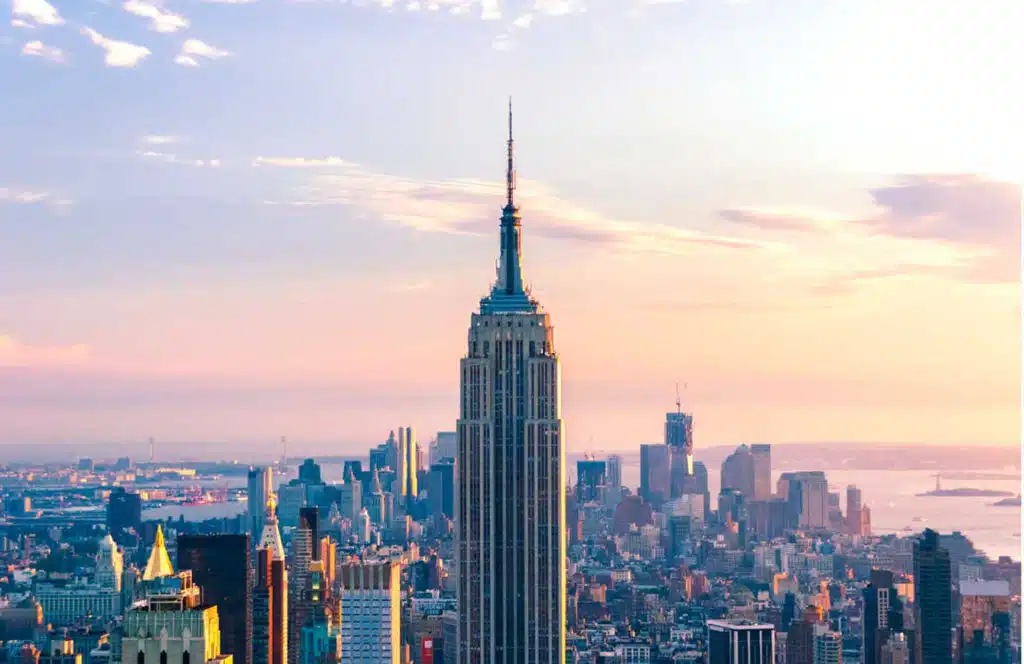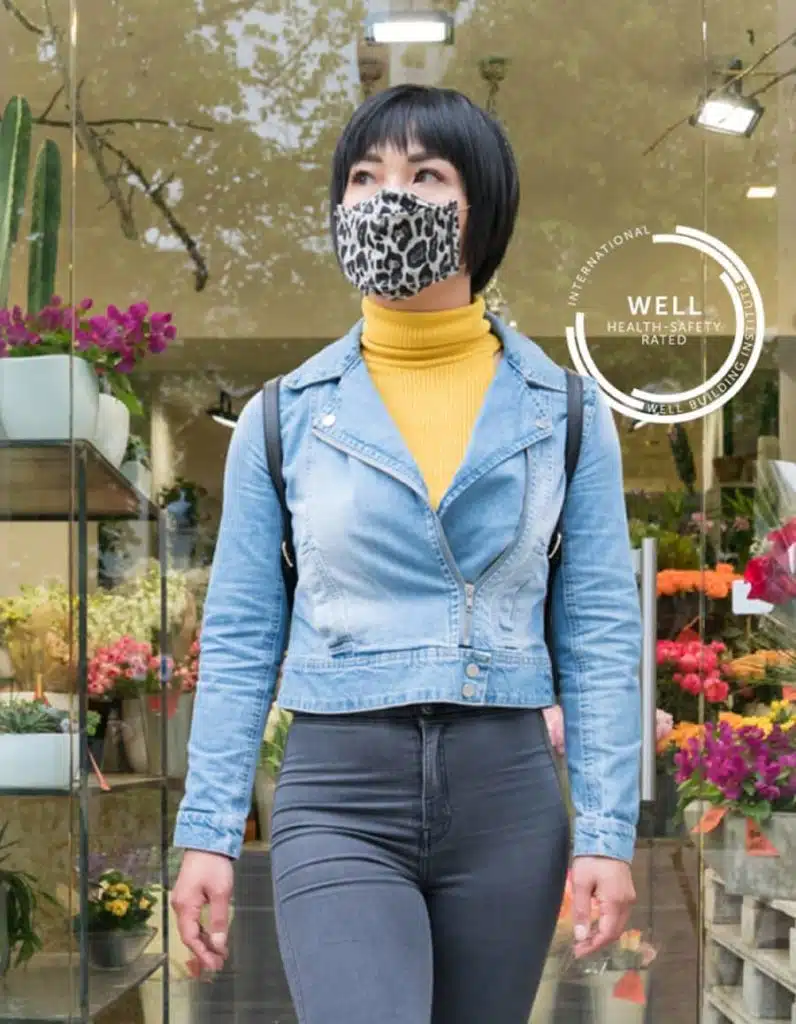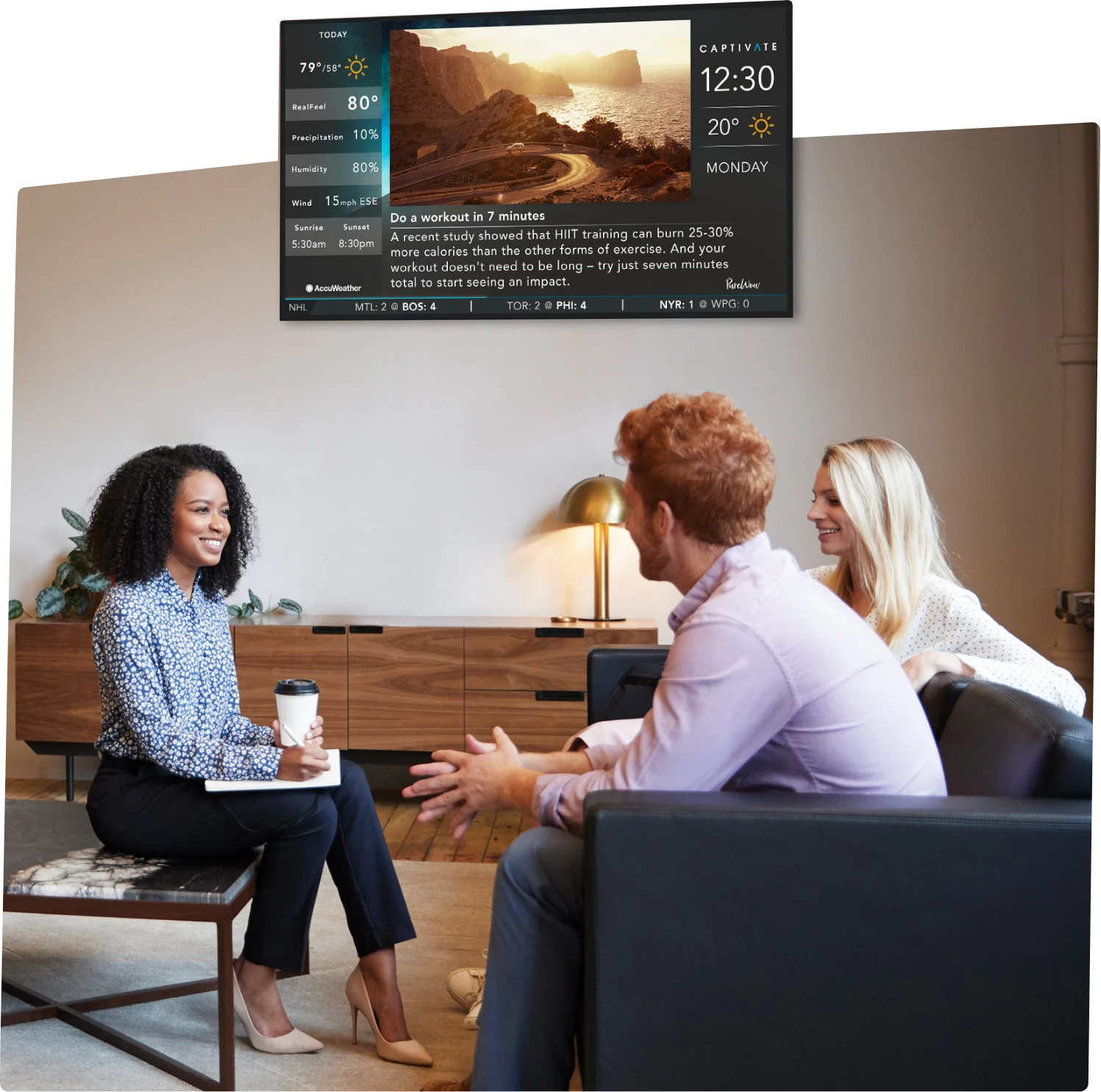WELL Certification – Your Questions Answered
Properties of all sizes and all around the globe see the value in prioritizing the health and safety of the people who come through their doors. As we emerge into a post-pandemic world, more and more building managers are looking for proven ways to ensure safety and wellbeing for their tenants and visitors. Enter: the WELL Institute. From the Empire State Building to a San Francisco YMCA, buildings from coast to coast have pursued and achieved WELL certification. But what’s the buzz all about? We’re here to give you a brief overview, and assist you in beginning your WELL certification journey.

What is the WELL Institute?
The International WELL Building Institute (IWBI) was established by Paul Scialla to fill a need in the sustainable real estate space: putting people first. WELL prioritizes human health to boost productivity and support mental and physical wellbeing, awarding ratings to buildings based on 10 core concepts developed and tested over 10 years. Each WELL v2 feature is evidence-based, verifiable, and implementable. The Community concept, for example, promotes inclusive and engaged communities through features such as paid parental leave and childcare facilities.
What’s the difference between v1 and v2?
WELL recently graduated to the v2 rating system, a reflection of two years of rigorous testing and listening to community feedback throughout the WELL v2 pilot, which launched in 2018. WELL v2 expanded WELL v1’s original seven concepts (Air, Water, Nourishment, Light, Fitness, Comfort and Mind) to 10: Air, Water, Nourishment, Light, Movement, Thermal Comfort, Sound, Materials, Mind and Community. The four new or redefined concepts represent a deeper focus on ergonomics, equity, social cohesion and engagement.
What does a WELL certification mean for my building and tenants?
The IWBI aims to ensure more healthful, enjoyable and productive spaces for everyone with a “people first” approach to buildings. WELL communities are thoroughly inspected, high-standard environments that prioritize human health. With a WELL certification, tenants can feel confident that the spaces in which they live and work are safe and designed with them in mind.

What do I need to do to get my building WELL certified?
Projects fall into one of two main groups: owner-occupied or WELL Core. Each building is awarded certification at the Bronze, Silver, Gold or Platinum level, depending on the number of points a project earns based on its achievement in each concept and its preconditions and optimizations. In addition to achieving high ratings in areas such as indoor air quality, water quality and lighting, WELL communities must meet rigorous standards for mental and physical wellbeing.
How long does it take to become certified?
WELL building certification projects generally take about 6 months from start to finish. The IWBI offers a helpful timeline estimator for those wishing to get a more detailed idea of how long certification projects will take.
How does WELL integrate with my building’s environmental initiatives?
WELL certification goes hand-in-hand with environmental certifications such as LEED. For v2, the International WELL Building Institute aligned with leading international green rating systems, including the US Green Building Council, to establish an initiative called WELL v2 Crosswalks, which aims to ease and clarify the path to dual certifications with WELL and other systems.
How much does it cost to for my building to become WELL certified?
Each project requires an initial enrollment fee of $2,500 and a performance testing fee starting at $6,500. Program fees are $0.16/sq ft for owner-occupied projects and $0.08/sq ft for WELL Core projects, starting at $6,500 and capped at $98,000. Program fees for industrial locations, however, are reduced to $0.08/sq ft (owner-occupied) or $0.05/sq ft (WELL Core). Calculate the price for certifying your building here.
Is becoming WELL certified worth it?
WELL goes hand-in-hand with environmental initiatives, making your green goals easier to achieve through a high standard of sustainability. A WELL certified building is also a health-focused one, easing anxieties and giving tenants confidence that they’re both safe and cared for while inside. Knowing their wellbeing is at the forefront, employees will be more productive, and their quality of life will increase.
Where have I heard about WELL Certification?
Chances are you saw the star-studded “Look for the WELL Health-Safety Seal” public awareness campaign directed by Spike Lee. The goal of the campaign was to drive awareness of practices to promote healthier and safer indoor spaces through the WELL Health-Safety Rating. The campaign launched in early 2021 in response to the pandemic to raise confidence in the safety of buildings and shared spaces. It featured celebrities such as Jennifer Lopez, Lady Gaga, Robert DeNiro, Michael B. Jordan and more who encouraged people to look for buildings with the WELL Health-Safety seal on their windows or doors.
Would you like to extend the conversation?
Book a demo to learn more about impactful, engaging digital signage solutions from Captivate.

